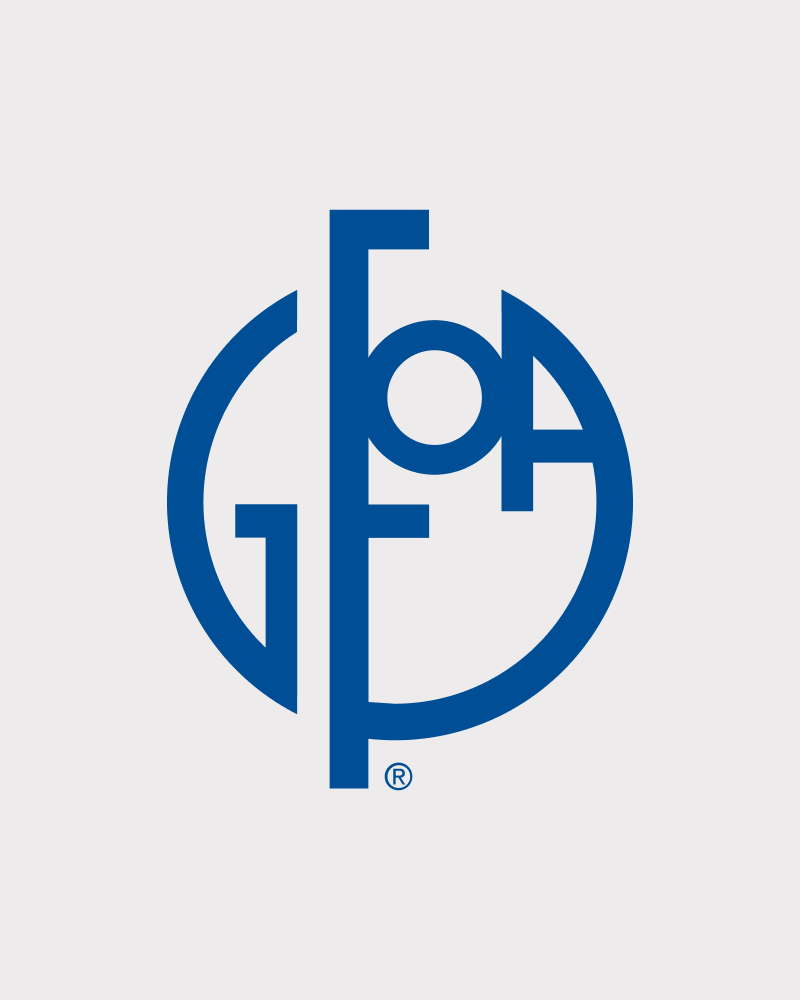Participant Education Guidance for Defined Contribution Plans
Compensation and Benefits
Participant Education Guidance for Defined Contribution Plans
Public plan sponsors should make sure high-quality investment education is provided to defined contribution plan participants who are allowed to direct their investments.
Board approval date: Saturday, October 31, 2009

